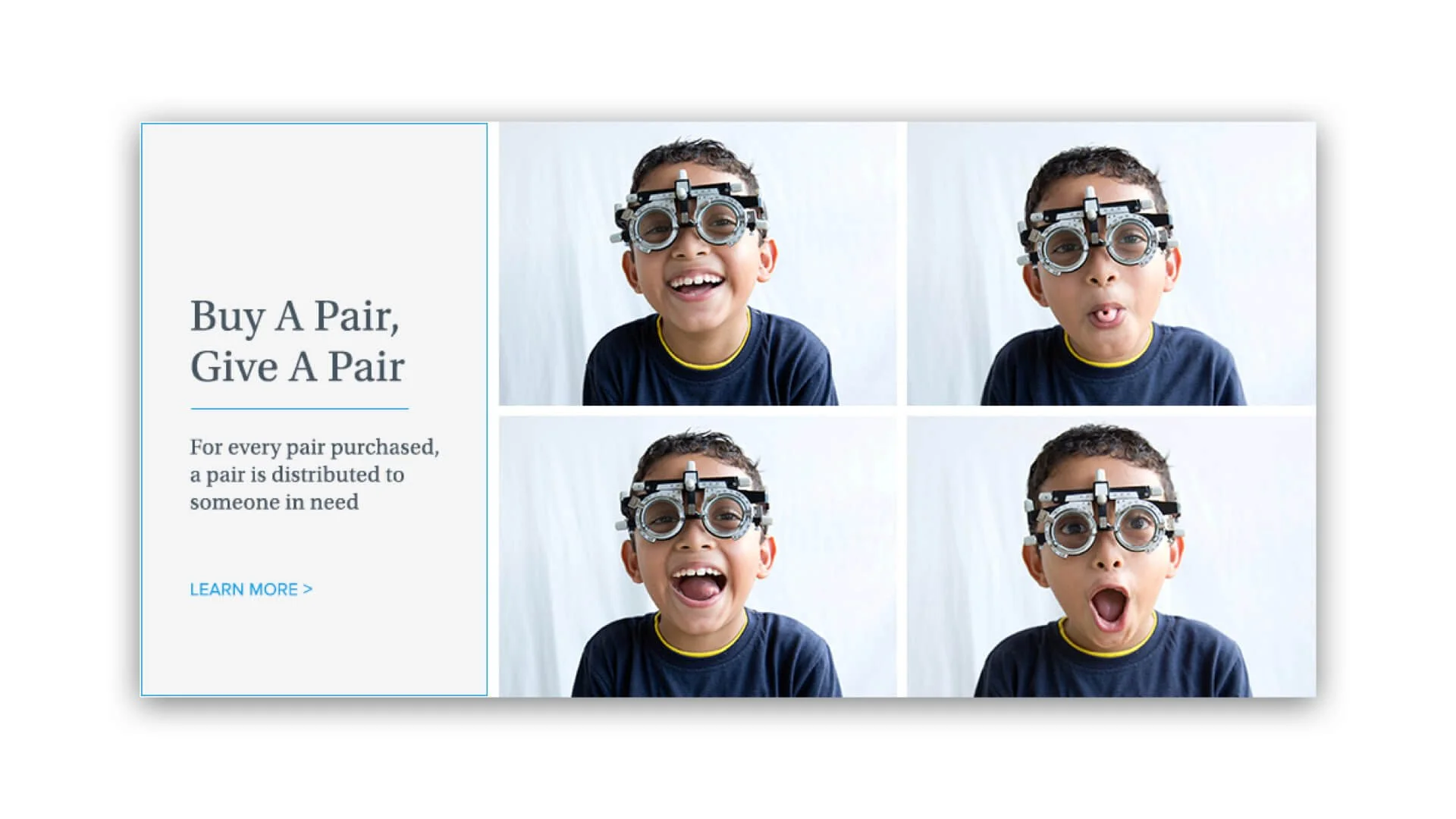Tales from the Unexpected – Part 2
Inspiration for universities about brand storytelling.
I know what you’re thinking. It’s easy for these fancy-dan brands to do all the cool storytelling, funky ads and edgy partnerships.
Well, I have to tell you it’s not. Its hard work. Always. But they have organised themselves to deliver. And it’s important for these reasons.
Why Storytelling is essential for modern university brands.
In a noisy, high-choice world, facts alone don’t change perception. Stories do.
Storytelling is not a marketing trend. It’s a core method for:
Differentiating your institution (beyond rankings and programmes)
Connecting with prospective students and partners at a human level
Demonstrating values and relevance in the cultural conversation
Reinforcing purpose and pride internally across staff and students
A university’s brand lives in the stories it tells – and the ones others tell about it.
Here are some great examples. They’re so good you probably know them already.
Patagonia: Activism woven into every thread
Patagonia's storytelling transcends product promotion by embedding environmental activism into its brand narrative. Their "Don't Buy This Jacket" campaign encouraged consumers to consider the environmental impact of their purchases, reinforcing Patagonia's commitment to sustainability and responsible consumption. This approach not only highlights their products but also their purpose-driven mission.
Warby Parker: Storytelling that sees the bigger picture
Warby Parker disrupted the eyewear industry by offering stylish, affordable glasses. But what set them apart was their narrative. From the beginning, the brand told a clear story about access, fairness, and design for all. Their “Buy a Pair, Give a Pair” programme is more than a CSR initiative – it’s baked into the brand’s DNA and has helped distribute millions of glasses to people in need.
They also engage customers with fun, transparent, and thoughtful storytelling across all touchpoints – from how frames are made to the social impact behind each purchase.
Coach: Reimagining luxury for a new generation
Under the leadership of CEO Todd Kahn, Coach has redefined its brand narrative to align with the values of Gen Z. By focusing on "expressive luxury," Coach tells stories that emphasise individuality and self-expression, making luxury fashion more accessible and relevant to younger consumers.
YSL Beauty: Addressing social issues beyond cosmetics
YSL Beauty's "Abuse Is Not Love" campaign tackles the serious issue of intimate partner violence. By creating content that educates and raises awareness, YSL Beauty uses its platform to advocate for social change, demonstrating that their brand stands for more than beauty — it stands for empowerment and safety.
Airbnb: Sharing the human experience
Airbnb's storytelling focuses on the personal experiences of hosts and guests, highlighting the connections and cultural exchanges that occur through their platform. By sharing these authentic stories, Airbnb emphasises its mission to create a world where anyone can belong anywhere.
Final word
These examples illustrate how brands can effectively use storytelling to convey their core values and missions, creating deeper connections with their audiences.
If you want to explore how these storytelling strategies can be applied within the higher education sector, feel free to ask!





